The International Rabbit Day is celebrated on the fourth Saturday of September every year. It promotes the protection and care of rabbits, both domestic and wild.
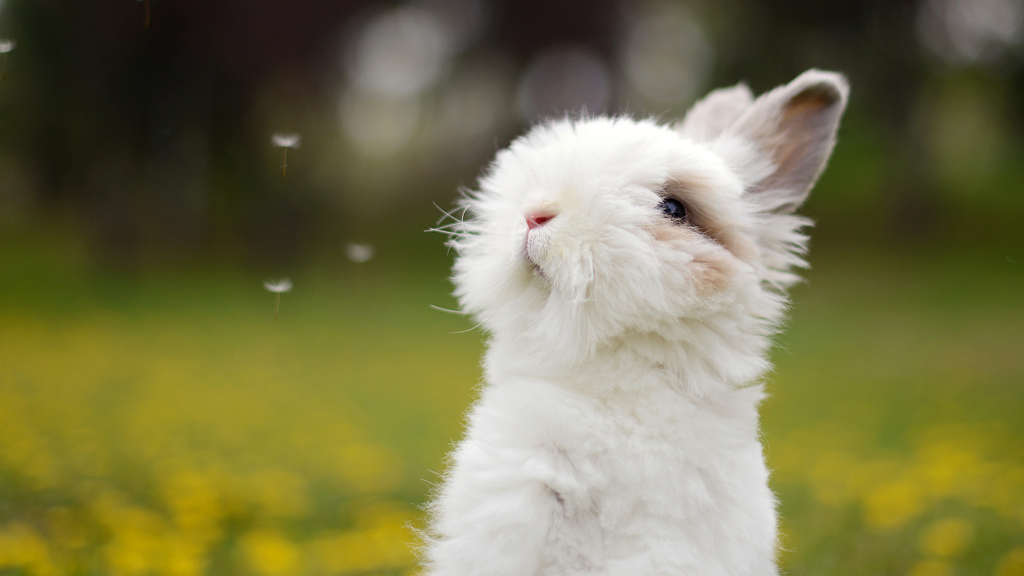
Happy International Rabbit Day! /VCG Photo
Happy International Rabbit Day! /VCG Photo
Wait, isn't the rabbit everywhere? Why is it a matter? Well, the rabbits are amazing creatures. And you might not know everything about them.
Let's hop!
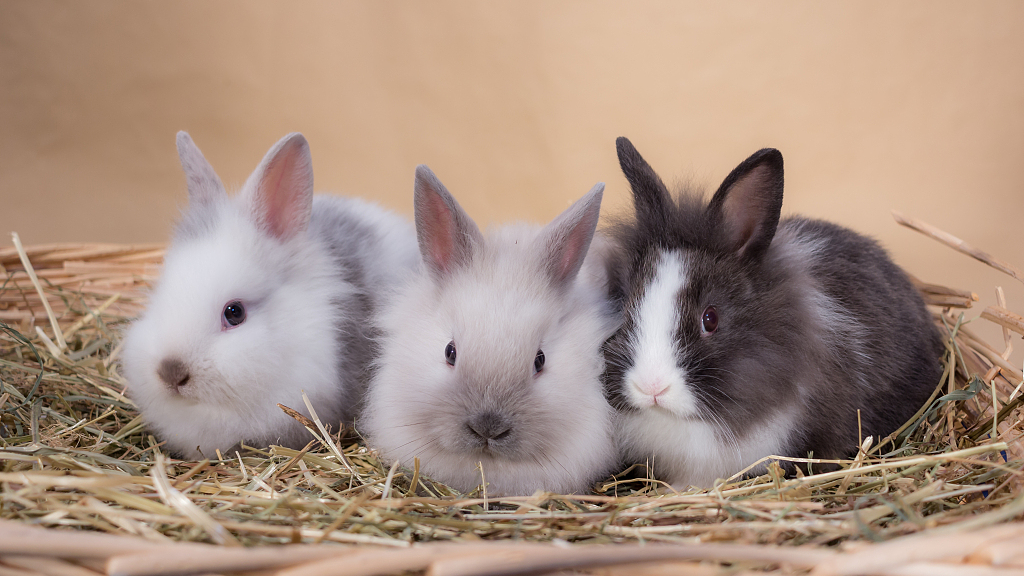
Rabbits and hares are different from the moment of birth. /VCG Photo
Rabbits and hares are different from the moment of birth. /VCG Photo
The rabbit and the hare are different from each other since the moment of birth. The hare is born relatively mature and mobile with hair and good vision, while the rabbit is born hairless and blind, and requiring closer care.
In general, the hare is larger than rabbits, with both ears and hind legs longer and larger. Hares are usually lone animals, while rabbits live in groups.
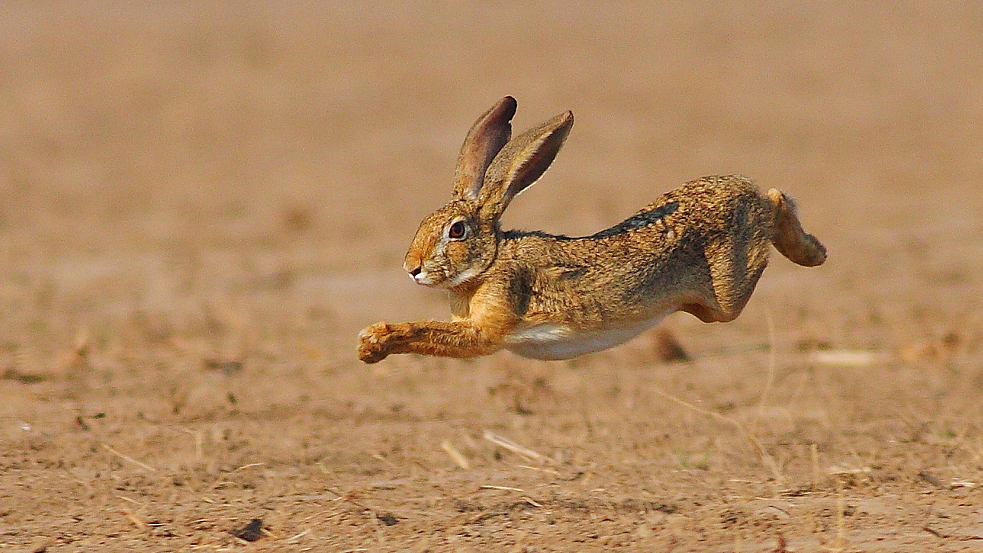
Rabbit, or hare? /VCG Photo
Rabbit, or hare? /VCG Photo
Hares have not been domesticated, while descendants of the European rabbit are commonly bred as livestock and kept as pets. There are 305 breeds of domestic rabbits, all descendants of the species of the European rabbit. Officer Judy Hopps in the popular animation movie Zootopia is a European Rabbit.
But names can be confusing. The jackrabbit is a species of hare.

"Bunny" usually refers to baby rabbits. /VCG Photo
"Bunny" usually refers to baby rabbits. /VCG Photo
2, Rabbits are not rodents
Rabbits, hares, and pikas do not belong to the order Rodentia (rodent). However, they share the typical characteristic of rodents: Their teeth never stop growing.
3, The longest-lived rabbit on record died at age 18
The oldest rabbit, Flopsy, was caught on the 6 August 1964 and died 18 years and 10.75 months later in Tasmania, Australia.
Another world record: the longest rabbit (living) is Darius from The United Kingdom. It is 129 centimeters long, according to Guinness World Records. The heaviest rabbit, Ralph, was also in the UK. He weighed nearly 25 kilograms.
4, Rabbits are not carrot lovers
Though the rabbit and the carrot is a common combination, rabbits don't naturally eat root vegetables. Carrots contain too much sugar for them.
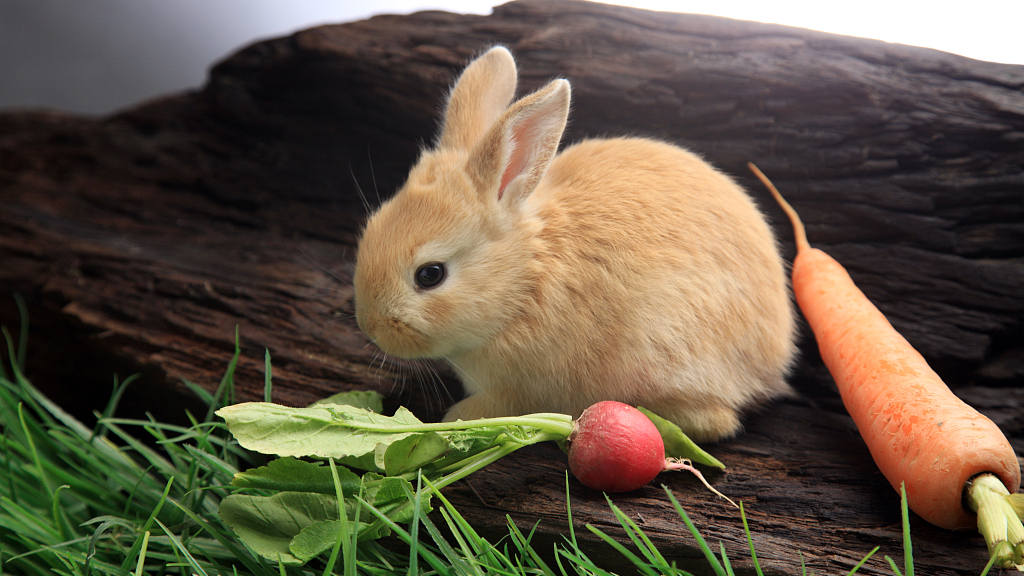
Rabbits do not eat as much carrot as people think. /VCG Photo
Rabbits do not eat as much carrot as people think. /VCG Photo
5, Rabbits have almost 360 degree vision
It is a result of the position of the eyes in its skull, with just a small blind spot at the bridge of the nose. By the way, many rabbits sleep with their eye open – literally!
6, Their ears are amazing, too
Rabbits' ears can turn 180 degrees to achieve good hearing. The ears also help them regulate body temperature and stay cool. They even help in maintaining balance when fleeing from predators.

Rabbits have great vision and hearing. /VCG Photo
Rabbits have great vision and hearing. /VCG Photo
Rabbits usually communicate with others through their body language. But they are not mute. They can make muttering sound or even scream when in pain.
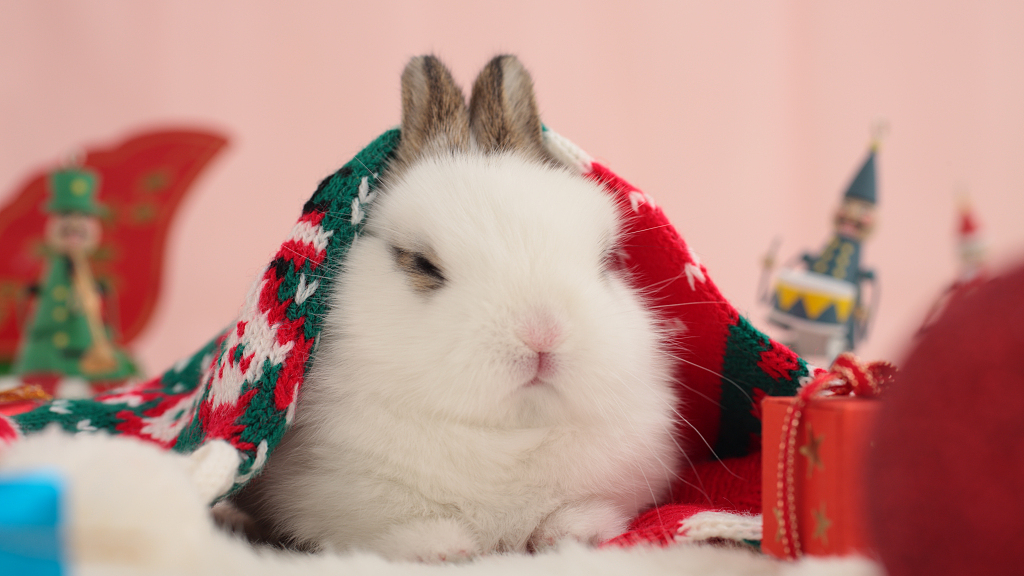
We DO make noises when needed. /VCG Photo
We DO make noises when needed. /VCG Photo
8, Rabbits eat their own poop
They pass two distinct types of feces: hard droppings and soft black viscous pellets. The ladder will be eaten to digest their food further and extract sufficient nutrients. Is it a little bit disgusting? Well, here is another thing: the rabbit can not vomit. So they are fine.
9, How fast can they reproduce?
The female rabbits can be sexually mature as early as three months old. And they can conceive at any time of the year, with only about one month's gestation period. A female can give birth to as many as 60 babies in a year, and get pregnant the day after delivery...
For their remarkable ability of reproduction, rabbits are often used as a symbol of fertility or rebirth and have long been associated with spring and Easter as the Easter Bunny.
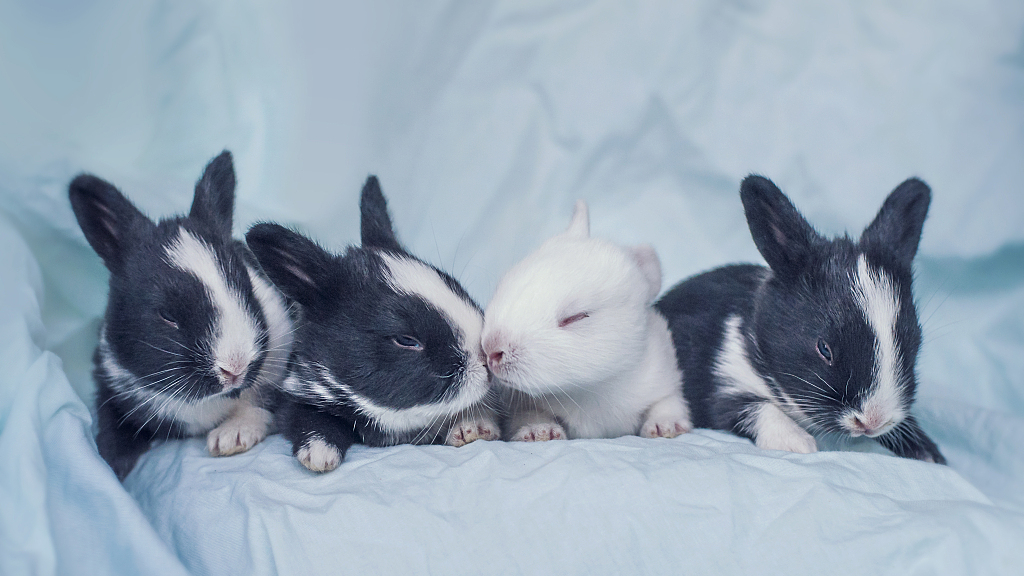
Rabbits are fertile in almost the whole duration of their lives. /VCG Photo
Rabbits are fertile in almost the whole duration of their lives. /VCG Photo
10, But there are still endangered rabbit species
Two species of the rabbit is listed as "critically endangered" by IUCN, while ten species of rabbits and hares are assessed as "endangered" with populations decreasing. One of the rarest rabbit, the riverine rabbit, has a small population of only 157-207 mature individuals.
(Cover image via VCG)
(If you want to contribute and have specific expertise, please contact us at nature@cgtn.com.)